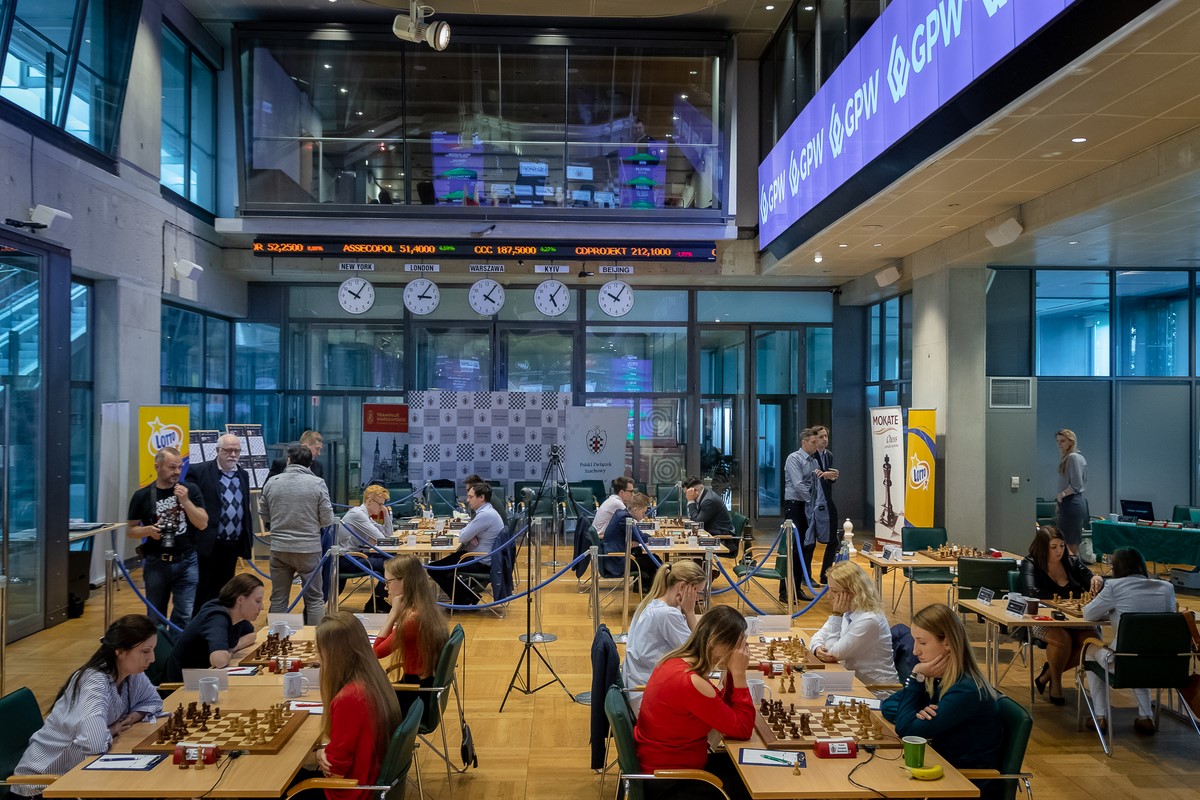A first-class venue
The Warsaw Stock Exchange is the largest stock exchange of Eastern Europe. The Polish Chess Championships have taken place at the venue the past two years and have returned for the 2019 edition. Lotto and Mokate are the main sponsors. Interestingly, both events have the same prize fund, with each winner taking home 20,000 PLN.
The top two Polish players — both 2700+ rated — are not participating, as both of them will play at the first leg of the Grand Prix Series in Moscow. Jan-Krzysztof Duda, therefore, will not be able to defend his title, while Radoslaw Wojtaszek will have to wait another year before going for his fourth victory in the national event.
Former champions Kacper Piorun, Bartosz Socko, Mateusz Bartel and Grzegorz Gajewski are playing, though, with Piorun the rating favourite in the field. 34-year-old Bartel has been the most successful in Polish Championships, as he won the event first in 2006 and then three years in a row between 2010-12 — he arrived in Warsaw this year as the fifth seed.

Bartel is half a point behind the leaders | Photo: Marek Skrzypczak
Dragun and Socko grab the lead
23-year-old Kamil Dragun won the Under-16 World Youth Championship in 2010. The last time he played in a Polish Championship was in 2016, when he finished on 4½/9 after getting two wins in the final rounds. This year, he has signed three draws so far and, coincidentally, all of them lasted 31 moves. In rounds two and three, though, he defeated Grzegorz Gajewski and Szymon Gumularz.
 The Alekhine Defence belongs to those openings which face White with their very special challenges. GM Bojkov shows you new ideas in the variation with 4.Nf3, enabling you to systematically build up a good attacking position free of risk.
The Alekhine Defence belongs to those openings which face White with their very special challenges. GM Bojkov shows you new ideas in the variation with 4.Nf3, enabling you to systematically build up a good attacking position free of risk.
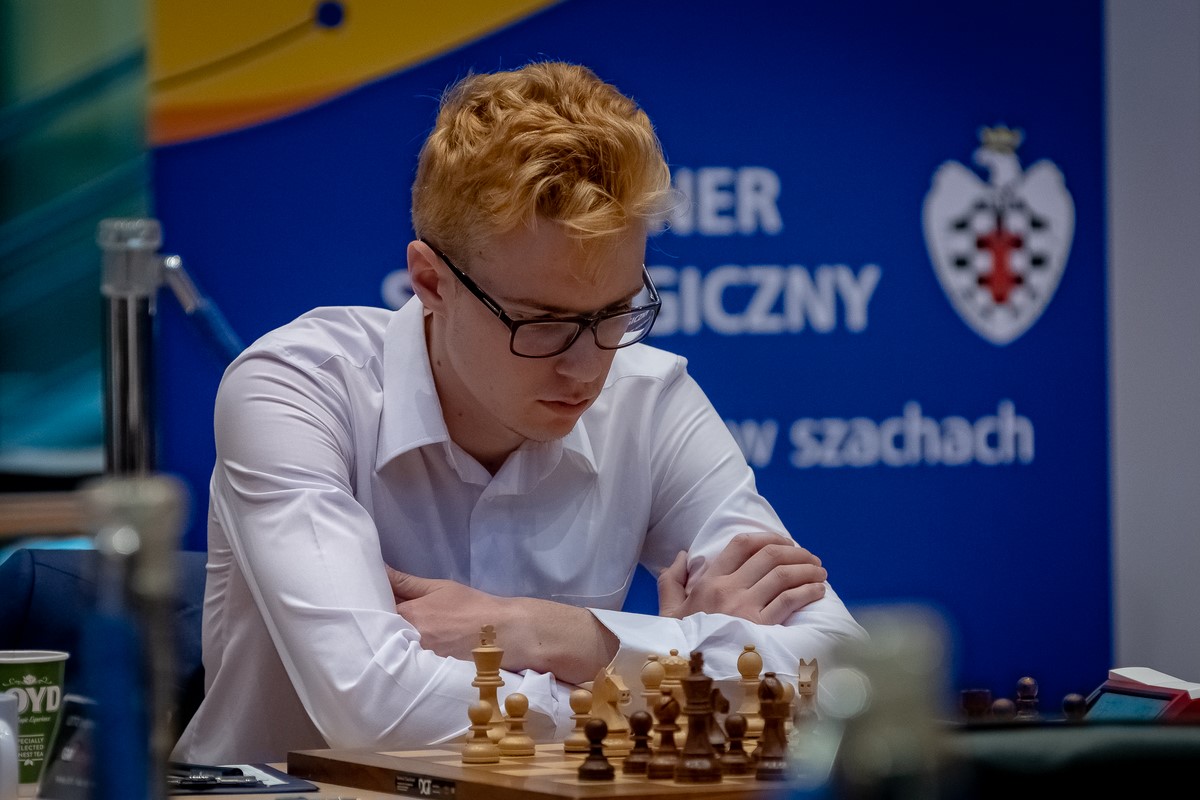
Kamil will try to keep up the pace | Photo: Marek Skrzypczak
The other co-leader, Bartosz Socko, was national champion in 2008 and 2013. This year, he defeated both Jacek Tomczak and Daniel Sadzikowski with the white pieces.
 Tired of spending hours and hours on the boring theory of your favourite opening? Then here is your solution, play an Anti-Sicilian with 3.Bb5 against 2...d6 or 2...Nc6, and 3.d3 against 2...e6. In 60 minutes you will get a crash course in how to avoid mainstream theory and in understanding the ideas of this Anti-Sicilian setup. After these 60 minutes you should be able to survive the Sicilian for a long time, without being bothered by new developments found by engine x supported by an x-core machine. Now that it finally comes down to understanding, let's play chess!
Tired of spending hours and hours on the boring theory of your favourite opening? Then here is your solution, play an Anti-Sicilian with 3.Bb5 against 2...d6 or 2...Nc6, and 3.d3 against 2...e6. In 60 minutes you will get a crash course in how to avoid mainstream theory and in understanding the ideas of this Anti-Sicilian setup. After these 60 minutes you should be able to survive the Sicilian for a long time, without being bothered by new developments found by engine x supported by an x-core machine. Now that it finally comes down to understanding, let's play chess!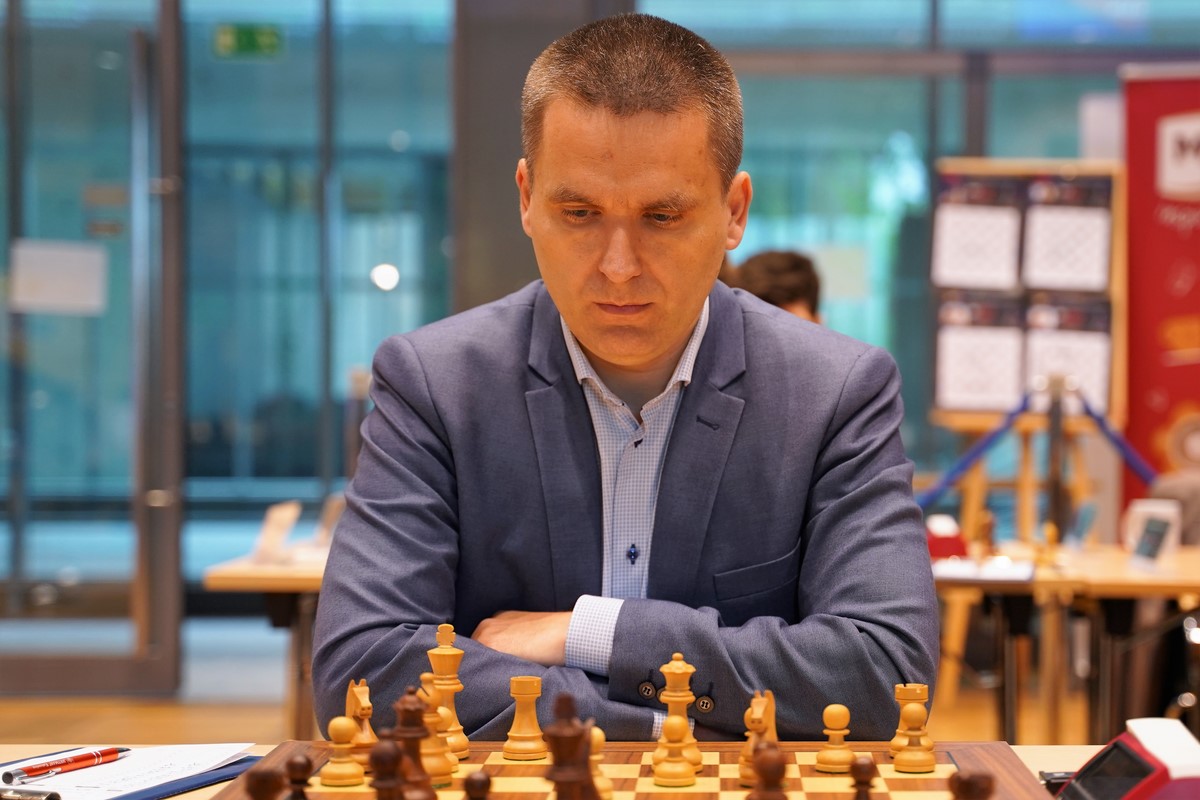
Socko will try to stay on top | Photo: Marek Skrzypczak
Standings after Round 5
All games
Monika Socko on 4½ out of 5
The clear favourite in the women's section is 41-year-old Monika Socko (Bartosz's wife). She is not only the highest-rated player but also has won the event no less than eight times. Her last victory at this event came in 2017, as last year she finished third behind Jolanta Zawadzka and Anna Warakomska. Zawadzka ended up winning the title (the fourth for her) and is now the third seed at this year's edition — the defending champion has won two and lost two so far in Warsaw.
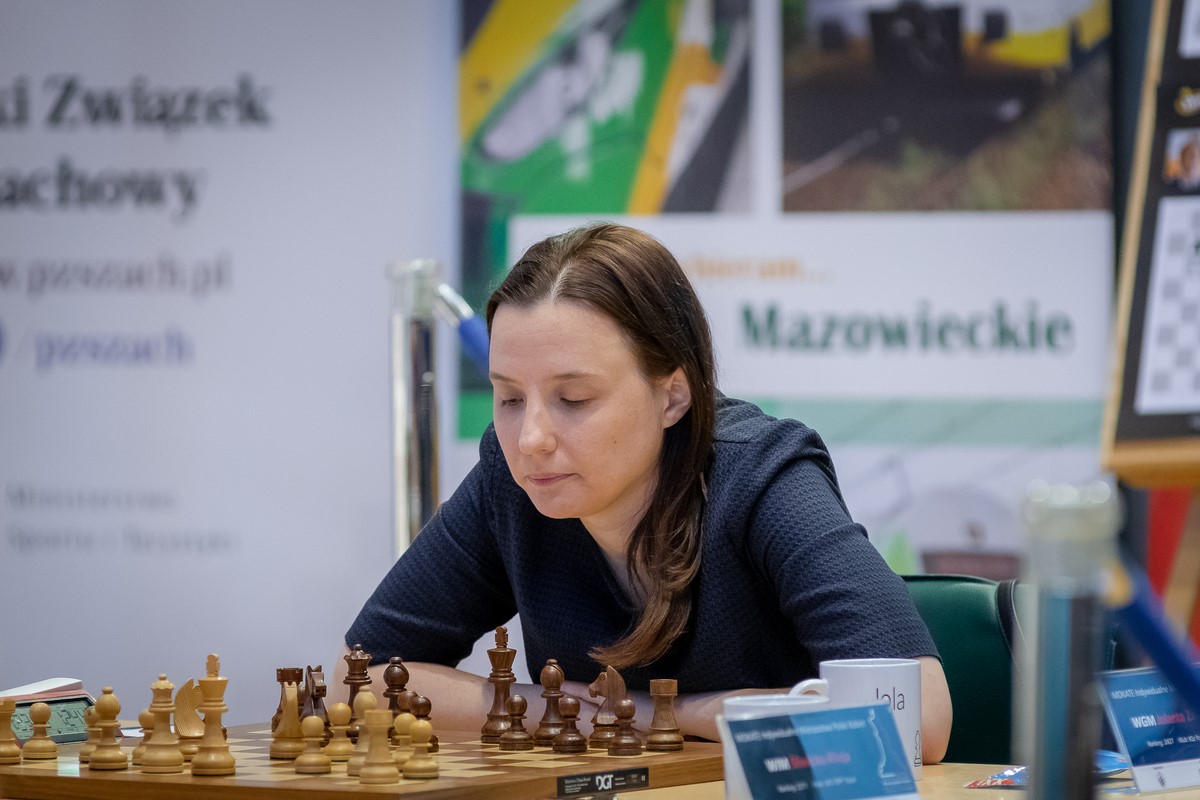
Defending champion Jolanta Zawadzka | Photo: Marek Skrzypczak
Socko started this year's championship with a draw against second seed Karina Szczepkowska, but then went on to get four straight wins. She will try to keep her streak going on Thursday against Joanna Majdan (notice that there are no rest days in the schedule).
 In this 60 minutes video GM Nadezhda Kosintseva offers White a repertoire to counter the Löwenthal Variation.
In this 60 minutes video GM Nadezhda Kosintseva offers White a repertoire to counter the Löwenthal Variation.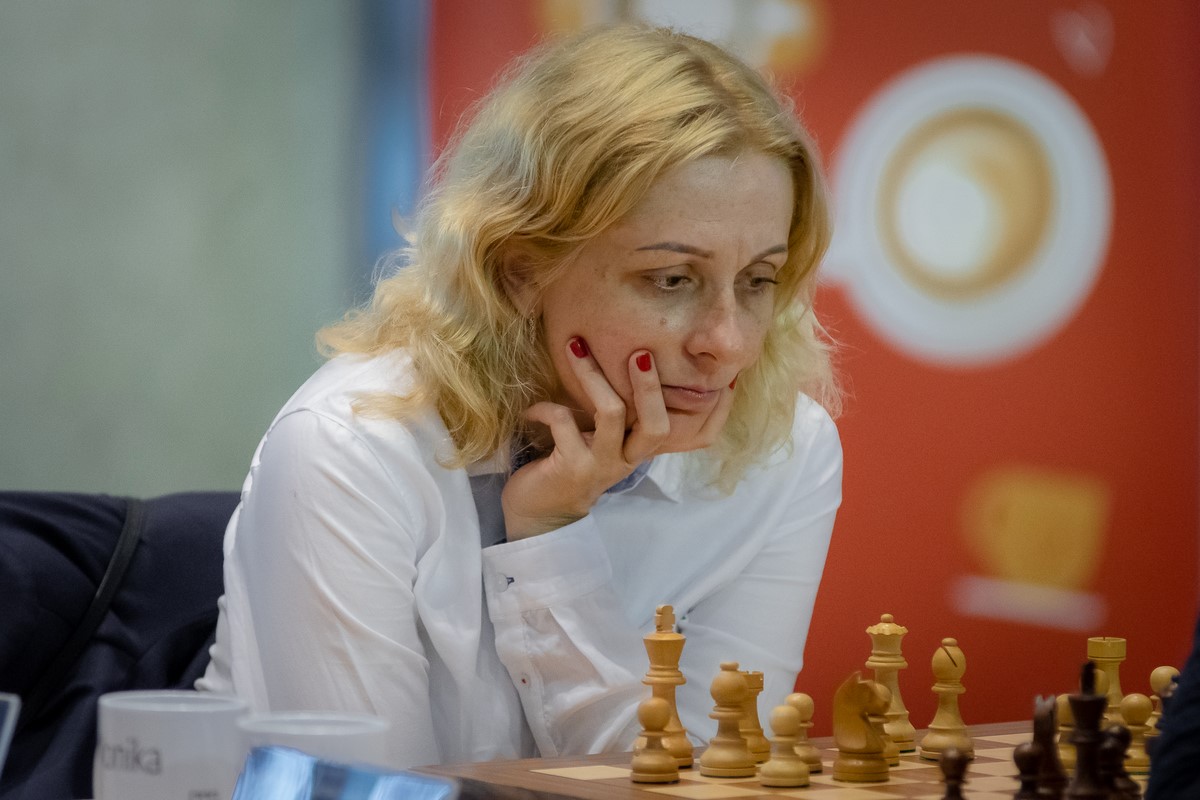
The strongest Polish woman player, Monika Socko | Photo: Marek Skrzypczak
Standings after Round 5
All games
Links
